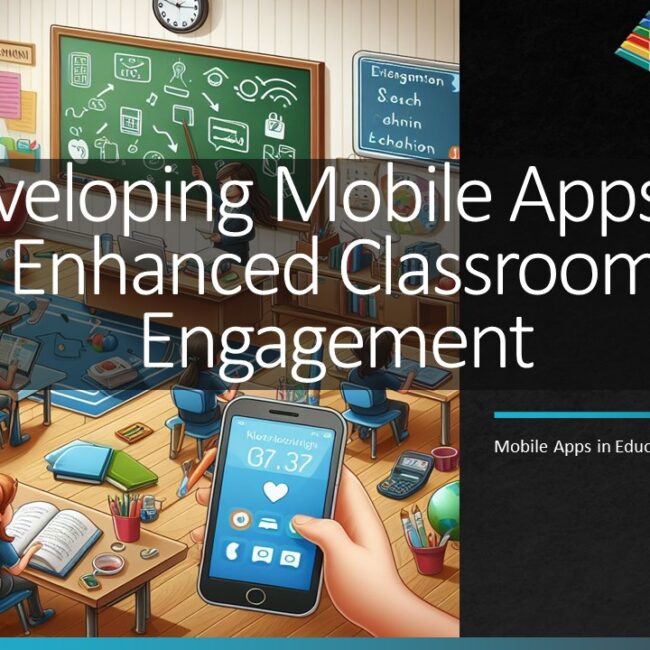
Gamification in Mobile Apps: Engaging Users with Fun and Rewards
Gamification has become a powerful tool in the world of mobile app development, helping app creators engage users and enhance the overall experience. By incorporating game-like elements and mechanics, apps can motivate users, increase retention, and foster a sense of enjoyment. In this blog, we will explore the concept of gamification in mobile apps, its benefits, and how you can effectively implement it to keep users hooked.
Understanding Gamification
Gamification is the practice of applying game design principles, such as competition, achievements, and rewards, to non-game contexts. In mobile app development, gamification involves integrating these elements into the app’s features and functionalities to make the user experience more engaging and enjoyable.
The key components of gamification include:
- Points and Rewards: Users earn points or rewards for completing tasks or reaching milestones within the app.
- Leaderboards: Users can compete with others and see their rankings on a leaderboard.
- Badges and Achievements: Users earn badges or achievements for accomplishing specific goals or tasks.
- Challenges and Missions: Users are presented with challenges or missions to complete, adding a sense of purpose to their interactions with the app.
- Progress Bars: Users can track their progress and see how close they are to achieving specific goals.
- Narrative and Storytelling: Apps can incorporate storytelling elements to make the experience more immersive and engaging.
Benefits of Gamification in Mobile Apps
Gamification offers a wide range of benefits for mobile apps, both for users and app creators:
1. Increased User Engagement
Gamification elements make the app more interactive and enjoyable, encouraging users to spend more time within the app.
2. Improved User Retention
By providing rewards, challenges, and a sense of achievement, apps can keep users coming back for more.
3. Enhanced Learning and Skill Development
Gamified apps can help users acquire new skills or knowledge in an enjoyable and interactive manner.
4. Social Interaction
Leaderboards, challenges, and competition foster a sense of community among app users, encouraging social interaction.
5. Motivation
Gamification elements motivate users to complete tasks and reach goals, as they are rewarded for their efforts.
6. Data Collection
Apps can collect valuable user data through gamification, allowing for better understanding of user behaviors and preferences.
7. Brand Loyalty
Gamification can help build brand loyalty by creating a positive and memorable user experience.
Effective Gamification Strategies
To successfully implement gamification in your mobile app, consider the following strategies:
1. Set Clear Goals
Define the goals you want users to achieve and how they will be rewarded. This can include points, badges, or access to new features.
2. Keep It Fun and Challenging
The gamified elements should be entertaining and provide a sense of challenge without being overly difficult.
3. Offer Rewards and Recognition
Users should be rewarded for their achievements with badges, points, or virtual items.
4. Personalization
Tailor the gamified experience to individual users based on their preferences, behaviors, and progress.
5. Progress Tracking
Provide users with clear indicators of their progress and how close they are to achieving their goals.
6. Social Integration
Allow users to connect with others, compare their progress on leaderboards, and engage in challenges with friends.
7. Regular Updates
Keep the gamified elements fresh by introducing new challenges, rewards, and goals regularly.
8. Feedback Mechanisms
Provide feedback on user performance and offer suggestions for improvement.
Examples of Gamified Mobile Apps
Several mobile apps have successfully implemented gamification to engage users:
- Duolingo: This language-learning app uses gamification to make the process of learning a new language enjoyable and addictive. Users earn points and complete lessons to progress through levels.
- Fitbit: Fitbit incorporates gamification by setting daily step goals, offering badges for achievements, and allowing users to compete with friends in fitness challenges.
- Nike Training Club: This fitness app provides users with guided workouts, tracks their progress, and awards trophies for hitting personal bests and achieving fitness milestones.
- Starbucks Rewards: Starbucks uses a point-based system where users earn stars for making purchases. As users accumulate stars, they unlock rewards such as free drinks and food items.
- Waze: This navigation app gamifies the experience by encouraging users to report traffic incidents, such as accidents and road closures. Users earn points for their contributions.
Conclusion
Gamification in mobile apps is a powerful strategy for enhancing user engagement, retention, and enjoyment. By incorporating game-like elements and rewards, apps can motivate users, encourage social interaction, and provide a more immersive and entertaining experience. When implemented effectively, gamification can not only boost user satisfaction but also contribute to the overall success of your mobile app.




